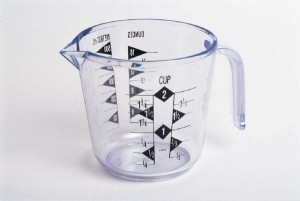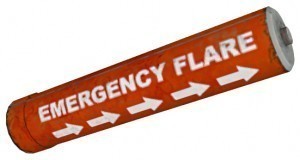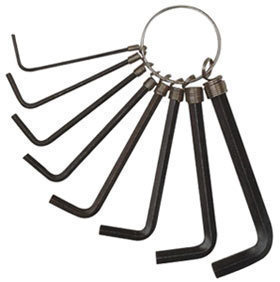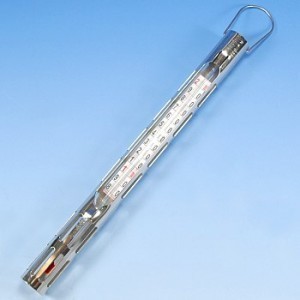Bicycle Inner Tube Sizes
Bicycle inner tube sizes can be found along the tire sidewall. This is printed so you can see them easily. If you have to replace these, it’s essential that you choose one according to the tire width and diameter.
More about Inner Tube Dimensions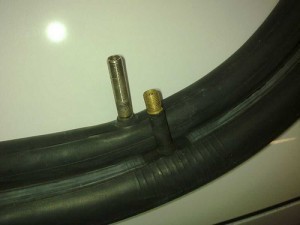
The tube explains what width range and wheel diameter they are compatible with. A good example is 26 x 1.95-2.125”. In this case, it means the tube can be used with a 26 inch tire. It is compatible with widths of 1.95 inches and 2.125 inches. 700 x 18-23c is another example.
The 700c is the standard diameter used in hybrid, cross and road bikes. When studying bicycle inner tube sizes, keep in mind that the width numbers are in millimeters. An example would be 18 mm-23 mm wide.
What are Inner Tubes?
These are essential to bikes, which is why they are found on different models and types. Various types of inner tubes are being marketed, so it is vital that you get the right one. The proper tube will depend on what kind of ride you will have. For comfort / leisure riding, almost any kind of tube will be fine. Nevertheless, you should try and get one that is durable. Tubes with puncture protection and durability are preferable.
For time trials or bike racing, weight has to be taken into consideration. This can have a significant effect in performance. The drawback is increased chance of puncture. If you are racing downhill, puncture protection is the priority.
Latex vs. Butyl
The industry standard is butyl rubber for inner tubes replacement. It is widely available and quite affordable. You can also buy latex rubber, but they are more expensive. But they do offer better handling. Latex rubber provides greater flexibility. This allows the tubes to quickly adapt to tires. This can make a huge difference when it comes to impacts and cornering.
Generally, latex tubes come with thin walls. This cuts down the weight quite a bit. But there are drawbacks as well. The biggest is its adverse reaction when making contact with greases and oils. Therefore it requires careful handling. It is also more gas permeable compared to butyl. Butyl based tubes hold air in much longer.
Butyl tubes also don’t require as much inflation as latex based ones. This is true regardless of the bicycle inner tube sizes. That is something worth considering if you bike a lot.
